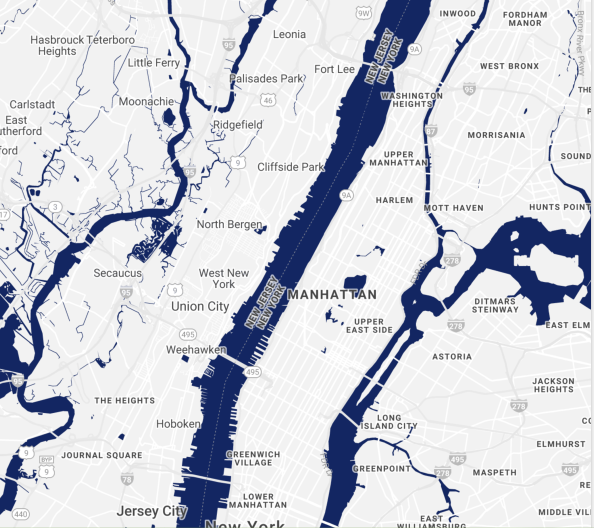
Location-based services have long been known on the mobile market. At least once, we all have ordered food delivery in a local restaurant or booked a taxi on the weekend with our smartphones. 2020 made a significant impact on humanity forcing new trends with applications we all need today to ease our lives and make it fun in the time of lockdown and total digitalization.
As such, we saw an old-new trend with location-based applications for delivery logistics, retail, social media, dating, healthcare, and games. Proving, there are still a bunch of great ideas to experiment and deliver.
When we say “location-based”, we should consider a geolocation technology that works in two ways: outdoor and indoor. Outdoor means an iOS or Android device uses in-built GPS module, Wi-Fi or CellID signals to determine and share a user location. With indoor technologies, like iBeacon API or Eddystone, location is determined with virtual parameters of a particular area inside a store or building.
Usually, a geolocation app includes location data decryption (with outdoor/indoor technologies), sharing coordinates, route tracking, and map integration features. Regardless of location tracking, these apps can be divided into ‘real time’ and ‘non-real time’. A ‘real-time’ app constantly tracks a user’s location. While for ‘non-real time’ apps there is no need for constant location tracking.
Above all, geolocation apps can be map-based and location-based, which is also important to consider for a project scope. Map-based apps utilize various maps to determine a user’s location and plan a route. As for the location-based apps, no maps are attached.
What are the basic steps to deliver a prosperous geolocation app?
- Polish your idea
Brainstorm your idea, conduct market research and competitors analysis.
- Set a vision
Determine your product vision, a business model and app monetization.
- Determine your scope
Gather business requirements. Make sure you put data security there. Learn your business personas and their journeys with your app.
- Select the tech stack
Select the technologies to help you build a high-end and scalable solution.
- Prototype
Design your app with wireframes, mockups and prototypes to see how it will look like and perform.
- Test your app
Get your MVP solution to test on the market and make necessary enhancements.
Take a look of what we’ve already implemented for our customers:
– Cruise
– Loops
 Back
Back
